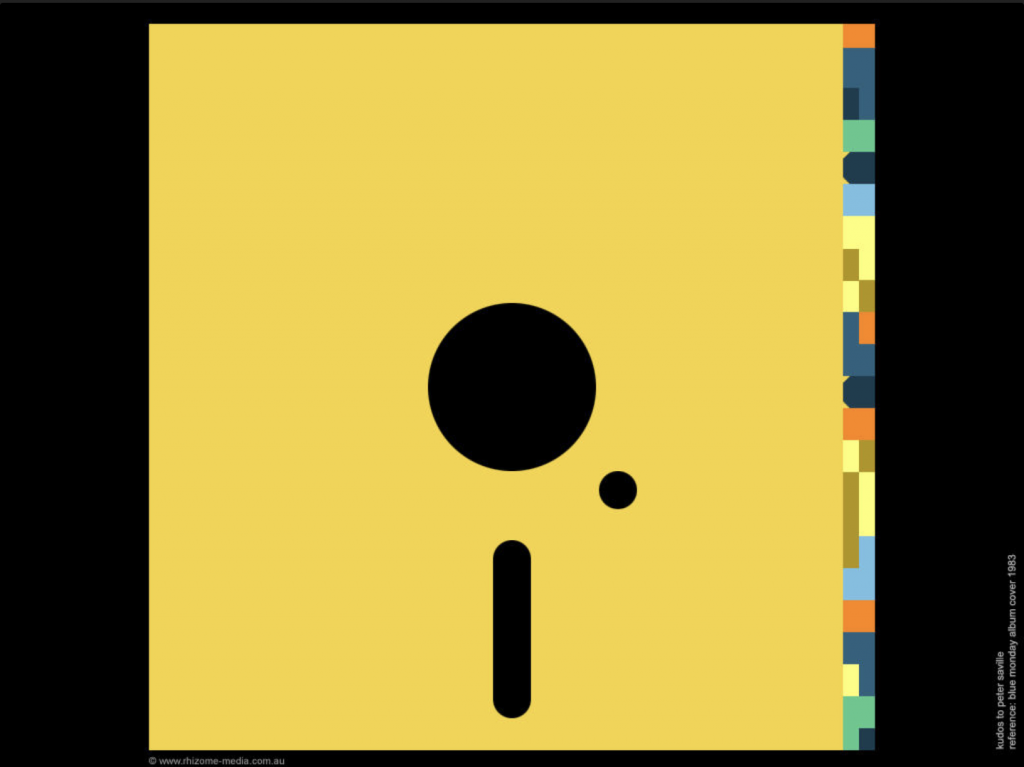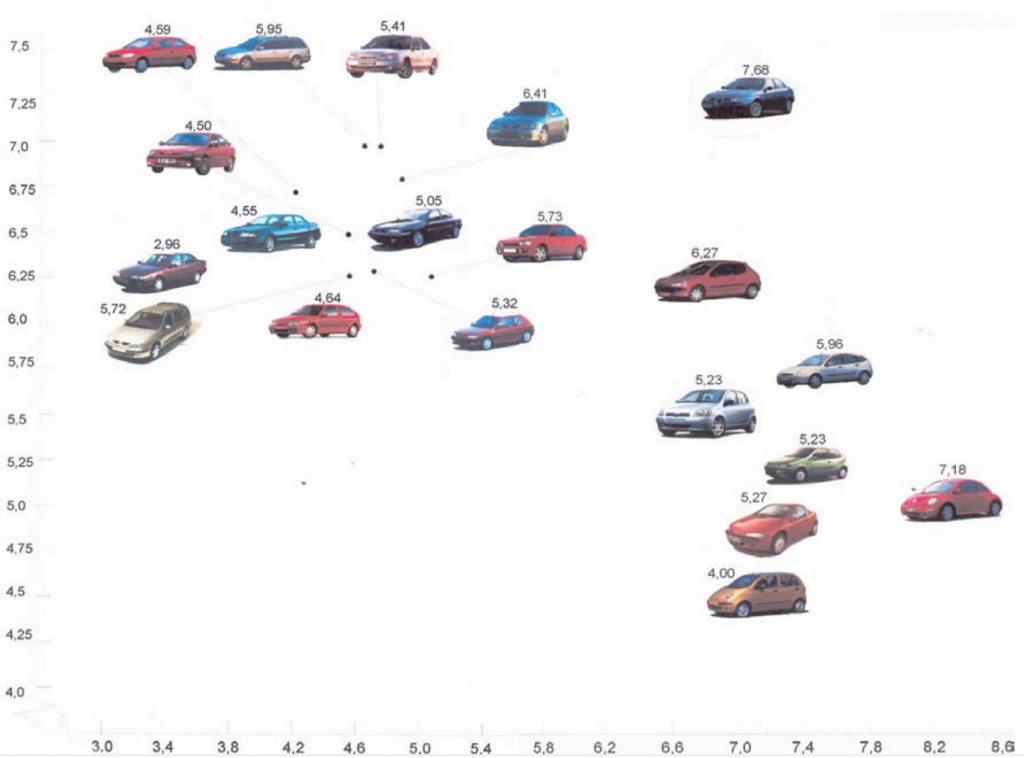IDEO has been at the center of many fundamental designs in computing history. This includes the simple and ubiquitous mouse.
Thought it was Apple? Think again. Steve Jobs came to a firm called Hovey-Kelley in the late seventies, a firm which would become IDEO in 1991. Jobs had a problem. The only other computer mouse in existence cost 16 times what people could afford. The mouse also broke frequently and was, well, ugly. None of this would work for the Lisa and Mac.
David Kelly (of David Kelley Design, Hovey-Kelley, and later one of three founders of IDEO) assembled a team. Douglas Dayton worked on the frame. Jim Yurchenco was responsible for the mechanical design. Bill Dresselhaus, with his love of Art Deco, handled the packaging. The technology of the day was finicky and “required such precision that it probably couldn’t be mass-produced.” There were practical debates about the sound of the click, or the number of buttons. Each change required every other part to be redesigned to fit in the tiny space. But even in those early days, the firm that would become IDEO had a secret weapon.
Design thinking. IDEO refined it and popularized it. Design thinking is a way of problem solving and developing solutions that’s a departure from how we in IT have long done things. Consider the following five points of design thinking:
- Empathize – think about people who we’re serving (empathy is the heartbeat)
- Define – think about the main problem we’re trying to solve
- Ideate – brainstorm, mindmap, whiteboard, play
- Prototype – build a possible solution
- Test – sit down with the people and have them test the prototype
Now compare the design thinking steps to ITIL service design:
- Service solution – think about requirements, deadlines, costs, budgets
- Information systems and tools – think about the service portfolio, configuration management, capacity, and security
- Technology and architecture – think about designs, plans, and processes to align IT policy and strategy
- Design processes – think about the process model for operation and improvement
- Measures and metrics – think about what we’ll measure to ensure the service is working
Notice what’s missing? People. I mean, ITIL practitioners will reply, “no, no, no. We have the 4P’s: Product, People, Process, and Partner.” Fair enough. But compare the two lists. People are not the focus. And to anyone who has been in the workforce as an enterprise end-user? It shows. We can feel it. Because people designing IT and IT security don’t think much about the people who’ll use it, the people who use it don’t think much about what we’ve designed.
Case in point: credentials. Research shows that people with more technical knowledge don’t take more steps to protect their data than people with basic knowledge (User Mental Models of the Internet and Implications for Privacy and Security). Most people know they should use separate passwords for every app (91%). But most people use the same password anyways (66%). Most people know they should use MFA. But most people don’t (66%). The problem isn’t one of awareness. (Source: LastPass and Security Ledger.) In not considering how regular people use and secure technology, we’ve created a situation where people simply opt out.
Enterprise IT is a like the original mice. Xerox, the mouse Apple copied, cost $400 or $1200 in 2020 US dollars. Doug Engelbart’s, the mouse Xerox copied, required a training course that took 6-months to master the damned thing. That’s ITIL thinking. That’s the type of technology people will be aware of, but not take steps to use.
Design thinking, the focus on people and rapid prototyping, led to a mechanical mouse setup which would dominate mice designs for the next twenty years. The original Apple mouse was $25. (Adjusted for inflation, that’s $79, which is coincidentally the price Apple charges for the optical Magic Mouse in 2020.) A child could pick up the mouse and immediately use it. Most of my generation learned in grade school. It just worked, worked well, and worked at a fraction of the cost.
In my office hangs Five Phases of Design Thinking by Maisey Design. It’s a reminder. When working on security services and specific controls, keep the focus on people.

This article is part of a series on designing cyber security capabilities. To see other articles in the series, including a full list of design principles, click here.



